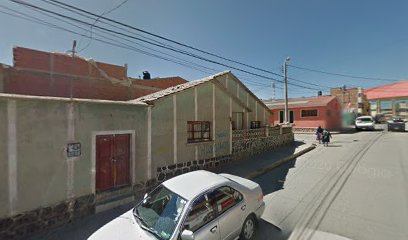
Unearth the Rich History of Potosi Mines
Discover the historical depths of Potosi Mines, a UNESCO World Heritage site that reveals Bolivia's rich mining legacy and the resilience of its people.
Potosi Mines, a UNESCO World Heritage site, offers a deep dive into Bolivia's rich mining history. Explore the tunnels and learn about the lives of miners in this incredible historical landmark.
A brief summary to Potosi Mines
- C69R+3VV, Potosi, BO
Local tips
- Dress in layers as the temperature can vary significantly due to the high altitude.
- Consider joining a guided tour to gain deeper insights into the history and mining techniques.
- Bring a flashlight; some areas within the mine are dimly lit.
- Stay hydrated and acclimatize to the altitude before your visit.
Getting There
-
Walking
From the central Plaza 10 de Noviembre, head south on Calle Ayacucho. Continue walking straight for about 10 minutes until you reach the intersection with Calle Litoral. Turn left onto Calle Litoral and walk for another 5 minutes. You will see the entrance to the Potosi Mines on your right, located at C69R+3VV, Villa Imperial de Potosí.
-
Public Transport (Micro)
Start at Plaza 10 de Noviembre and find the nearest micro stop. Take a micro heading towards 'Villa Imperial.' Make sure to ask the driver if they stop near C69R+3VV. After approximately 15-20 minutes, get off at the nearest stop and walk for about 5 minutes, heading towards the direction of the mines, which will be visible once you are close.
-
Taxi (Trufi)
Locate a Trufi taxi stand near Plaza 10 de Noviembre. Take a Trufi that is going to the 'Cerro Rico' area. It should take about 10-15 minutes to reach the vicinity of the Potosi Mines. Once you arrive, you may need to walk approximately 5 minutes to reach the entrance at C69R+3VV, Villa Imperial de Potosí.
Discover more about Potosi Mines
Iconic landmarks you can’t miss
Plaza Bolivar
0.3 km
Explore the vibrant Plaza Bolivar in Potosi, where history, culture, and local flavors come together in a stunning colonial setting.

Residencial 10 de noviembre
0.3 km
Discover the comfort of Residencial 10 de Noviembre in Potosí, where cultural heritage meets modern hospitality in Bolivia's historic gem.
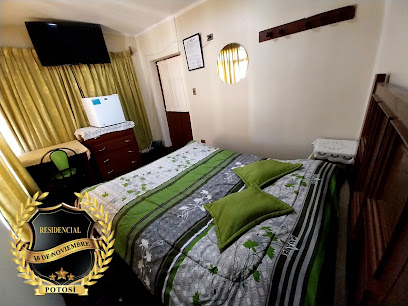
La Fuente De Las Monedas
0.4 km
Discover La Fuente De Las Monedas, Potosí's vibrant bullring, where tradition and culture come alive in an unforgettable experience.
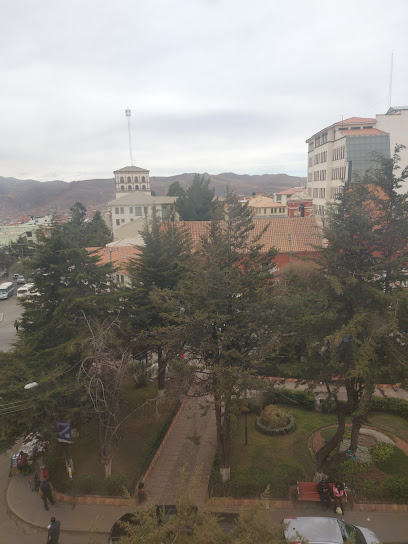
Plaza de la Madre
0.5 km
Discover the vibrant heart of Potosí at Plaza de la Madre, where culture, history, and community unite in a picturesque town square.

Micro Galería 10 de Noviembre
0.6 km
Explore the vibrant Micro Galería 10 de Noviembre in Potosí, a shopping haven for unique Bolivian crafts and delicious local flavors.

Parque Infantil 10 de Noviembre
0.7 km
Discover the joy of family fun at Parque Infantil 10 de Noviembre, a lively playground in Villa Imperial de Potosí, where laughter and adventure await.
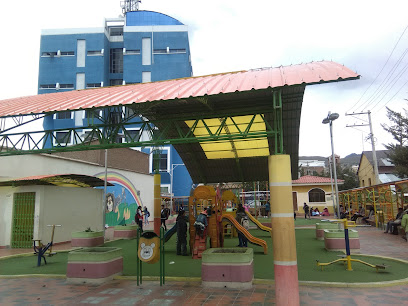
INSTRUMENTOS DE ACUÑACION MANUAL - CASA DE LA MONEDA
0.7 km
Explore the Casa de la Moneda in Potosí, a historical landmark that reveals Bolivia's rich minting heritage and captivating colonial architecture.
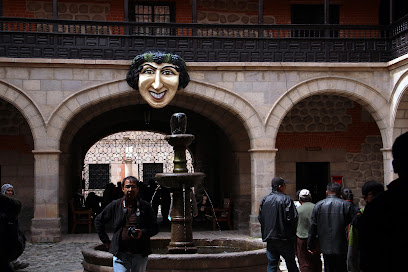
Altiplano tours
0.8 km
Explore the breathtaking Altiplano region with expert-guided tours that showcase stunning landscapes and vibrant local cultures for an unforgettable experience.
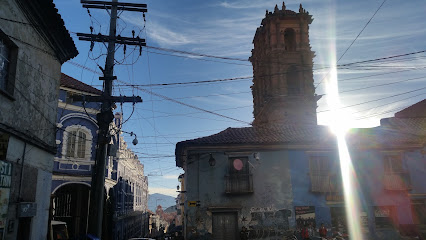
Koala Cafe
0.8 km
Discover the flavors of Bolivia at Koala Cafe in Villa Imperial de Potosí, where delicious food meets a warm and friendly atmosphere.
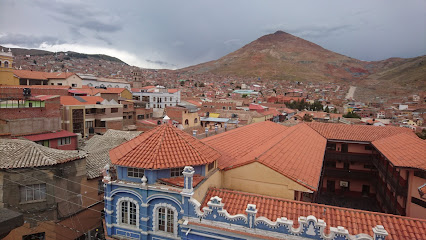
Metropolitan Cathedral Basilica of Our Lady of Peace
0.9 km
Explore the stunning Metropolitan Cathedral Basilica of Our Lady of Peace, a historical and architectural gem in the heart of Potosí, Bolivia.
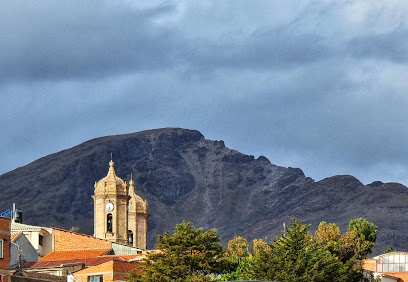
Plazuela Las Banderas
0.9 km
Discover the vibrant Plazuela Las Banderas in Potosí, Bolivia, where culture, history, and community converge in a picturesque town square.
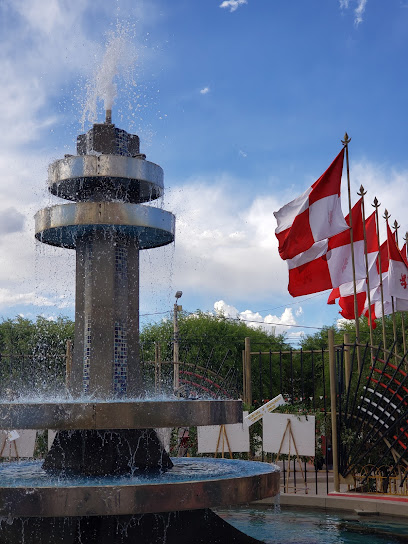
Hostal Patrimonio
0.9 km
Discover the historic charm and vibrant culture of Potosí at Hostal Patrimonio, your cozy base for adventure in Bolivia.

Cafe Pub 4060
0.9 km
Experience the delightful fusion of local flavors and cozy ambiance at Cafe Pub 4060 in Potosi, where every sip and bite tells a story.

Hostal Colonial
0.9 km
Discover the charm of Hostal Colonial in Potosí, where comfort meets the rich heritage of Bolivia in a welcoming atmosphere.

Hostal la Moneda
1.0 km
Explore the historic charm of Potosí while enjoying a comfortable stay at Hostal la Moneda, your home away from home.
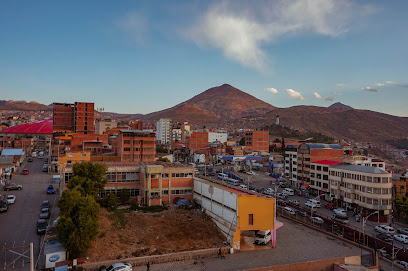
Unmissable attractions to see
Estatua de Simón Bolívar
0.3 km
Discover the grandeur of the Statue of Simón Bolívar in Potosí, a tribute to the liberator's legacy and a symbol of Bolivia's rich history.
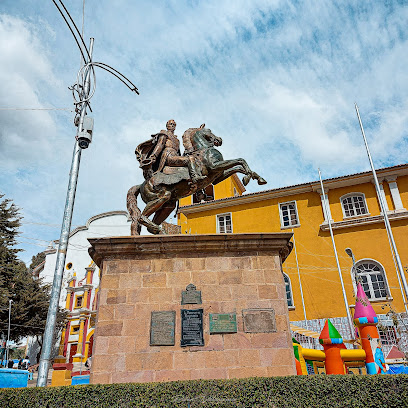
Church of Saint Lawrence of Carangas
0.6 km
Explore the stunning Church of Saint Lawrence of Carangas in Potosí, a majestic Catholic church rich in history and architectural beauty.
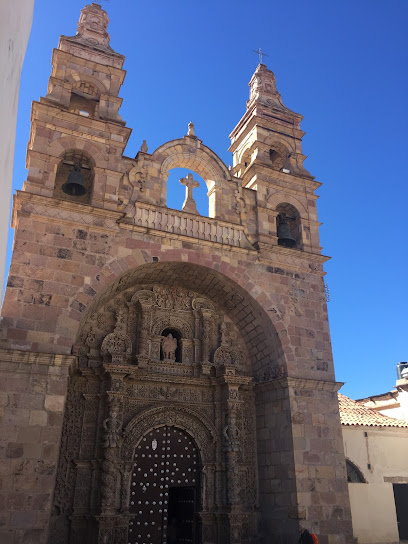
Official Royal Pavilion
0.6 km
Discover the rich history and architectural beauty of the Official Royal Pavilion, a must-see tourist attraction in Potosí, Bolivia.
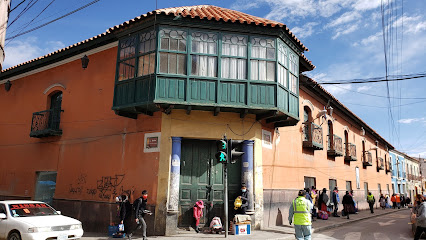
Mercado Central de Potosí
0.7 km
Experience the heart of Bolivian culture at Mercado Central de Potosí, a vibrant market full of local flavors, crafts, and warm hospitality.
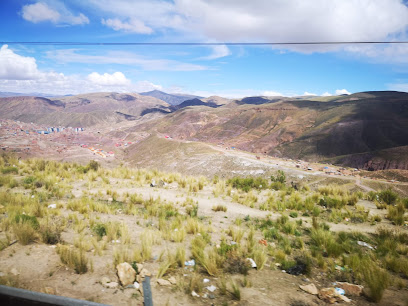
Saint Theresa Museum
0.7 km
Explore the spiritual and cultural legacy of the Carmelite order at the Saint Theresa Museum in Potosí, a serene destination rich in history.
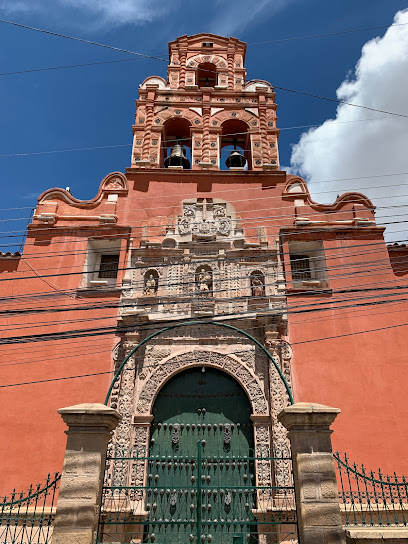
Torre de la Compañía de Jesús
0.8 km
Explore the Torre de la Compañía de Jesús, a stunning Potosí monument offering breathtaking views and a glimpse into Bolivia's rich colonial history.
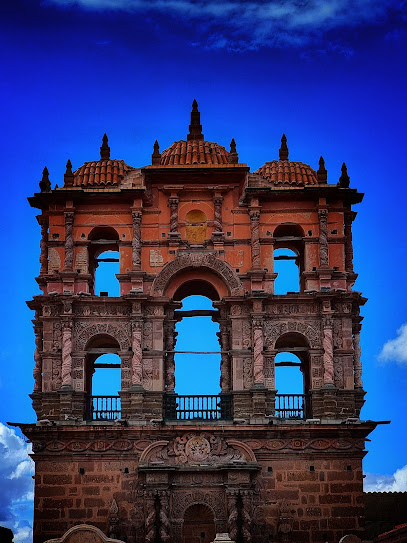
National Mint of Bolivia
0.8 km
Explore Bolivia's national history at the National Mint, a captivating museum showcasing the legacy of coin production and cultural heritage in Potosí.
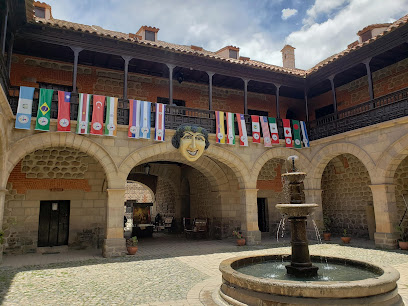
Museo Santo Domingo Potosi
0.9 km
Explore the heritage of Potosí at Museo Santo Domingo, home to a rich collection of artifacts and art reflecting the region's vibrant history.
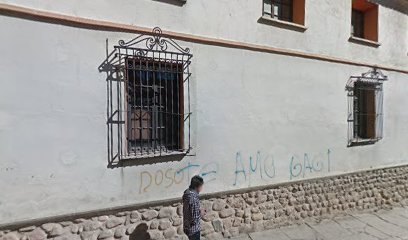
Catedral Basílica de Nuestra Señora de la Paz, Potosí
0.9 km
Explore the stunning Catedral Basílica de Nuestra Señora de la Paz, an architectural marvel steeped in history located in the heart of Potosí, Bolivia.
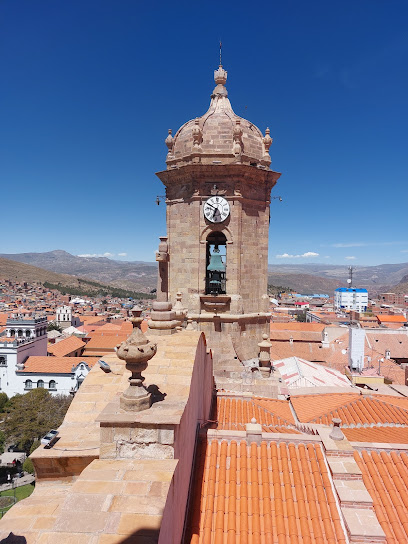
ʜᴏɢᴀʀ
0.9 km
Experience the serene beauty of Villa Imperial de Potosí Park, a hidden gem in the heart of Potosí, Bolivia, perfect for relaxation and outdoor activities.
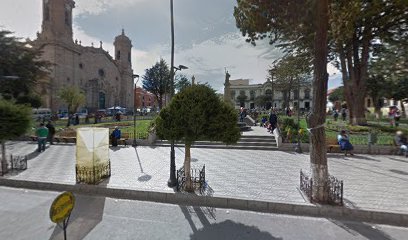
Estatua de la Libertad
0.9 km
Explore the Statue of Liberty in Potosí, a monumental sculpture symbolizing freedom, offering stunning views and rich cultural experiences.
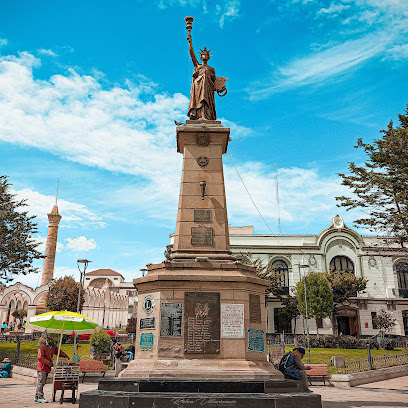
Plaza 10 de Noviembre
0.9 km
Explore the lush landscapes and cultural heritage of Plaza 10 de Noviembre, a serene park in the heart of Potosí, Bolivia.
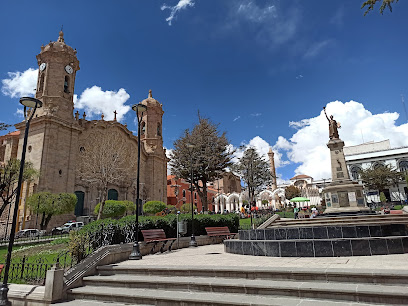
Obelisco Potosí
0.9 km
Discover the Obelisco Potosí, a magnificent monument steeped in Bolivian history, and immerse yourself in the cultural heritage of Villa Imperial de Potosí.
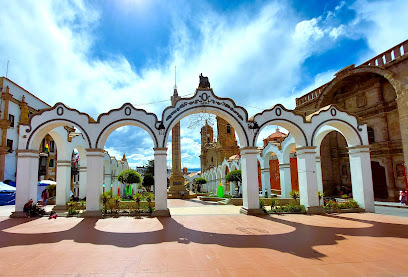
Balcón de la Horca
0.9 km
Experience the breathtaking views and cultural heritage of Balcón de la Horca in Potosí, Bolivia, a must-visit for history buffs and nature lovers alike.
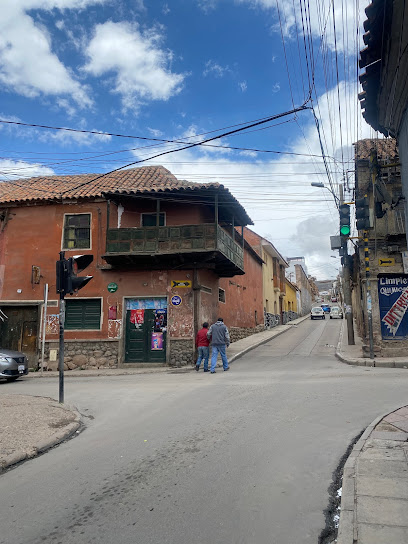
First Mint (Hammer)
0.9 km
Explore the First Mint Museum in Potosí for a deep dive into Bolivia's minting history and its impact on colonial trade.
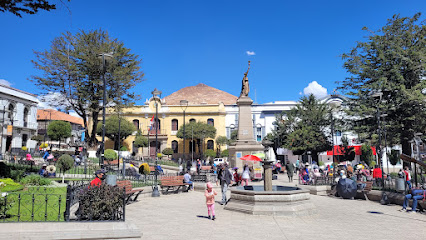
Essential places to dine
Fao Fao China Box
0.1 km
Experience authentic Asian flavors at Fao Fao China Box in Villa Imperial de Potosí - A hidden gem for food lovers!
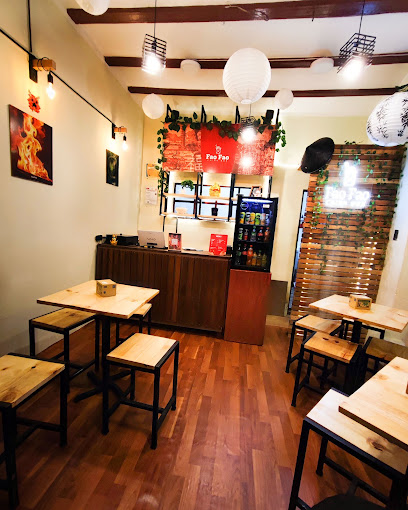
Mamá Pancha Restaurant
0.7 km
Experience the essence of Bolivia at Mamá Pancha Restaurant – where every dish tells a story.
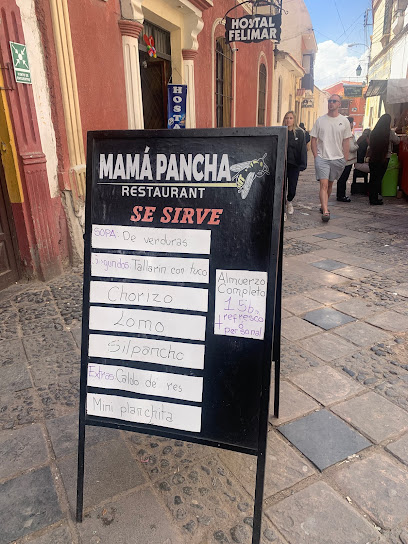
Comida Rica
0.7 km
Discover authentic Bolivian flavors at Comida Rica in Potosí - where every dish tells a story of tradition and culture.
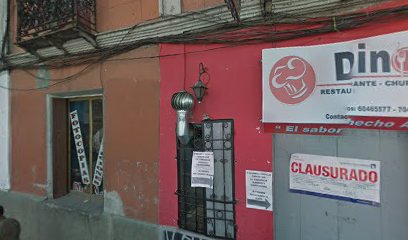
La Casona 1775
0.7 km
Experience authentic Bolivian cuisine at La Casona 1775 in Potosí – where tradition meets flavor in a captivating setting.
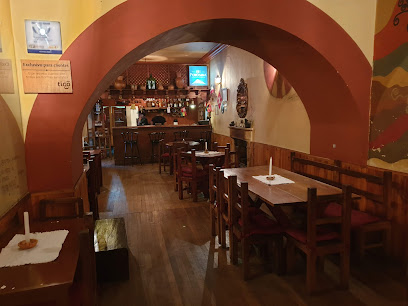
El Fogon
0.7 km
Discover authentic Bolivian flavors at El Fogon in Potosí - where tradition meets taste in every bite.

PHISQA WARMIS
0.7 km
Experience authentic Bolivian cuisine at PHISQA WARMIS in Villa Imperial de Potosí – where local flavors meet culinary excellence.
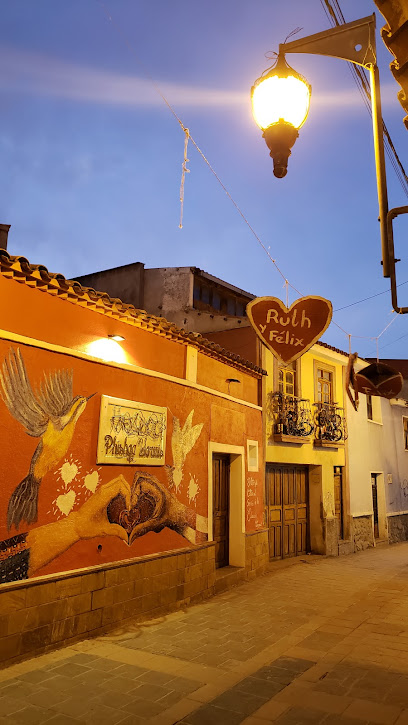
Casona De La Pascualita
0.7 km
Discover the flavors of Bolivia at Casona De La Pascualita in Potosí – a perfect blend of tradition and taste.
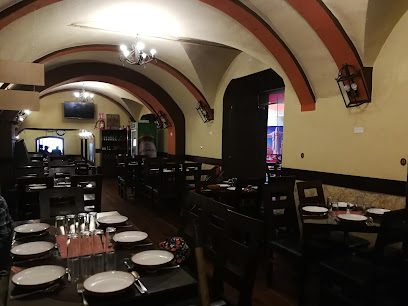
Sabor y Sazón Potosi
0.8 km
Experience authentic Bolivian cuisine at Sabor y Sazón Potosí – where every dish tells a story of tradition and flavor.
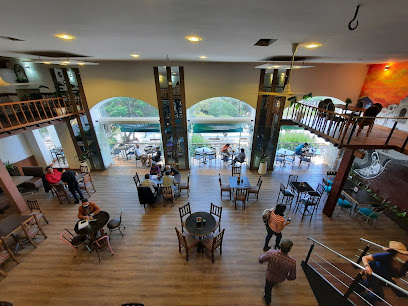
RESTAURANTE LA TRUFA NEGRA
0.8 km
Discover authentic Bolivian cuisine at Restaurante La Trufa Negra in Sucre - where tradition meets taste in a cozy setting.
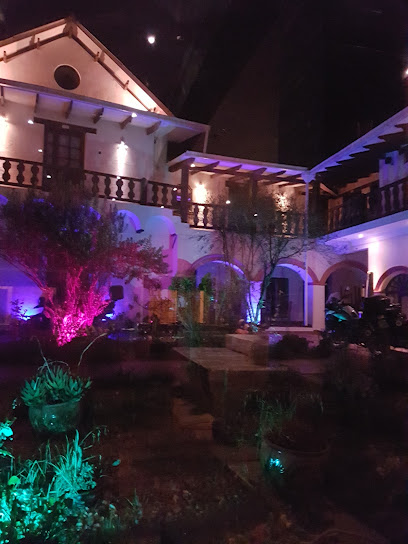
Comida vegetariana Bananas
0.8 km
Discover the best vegetarian dining experience at Comida vegetariana Bananas in Potosí - where fresh ingredients meet vibrant flavors.
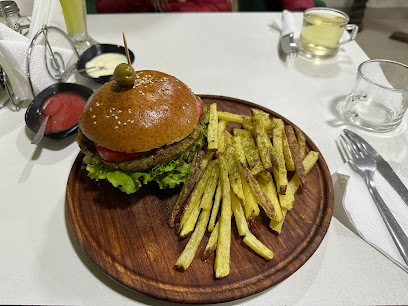
Restaurante Rosicler
0.8 km
Experience authentic Bolivian flavors at Restaurante Rosicler in Ayacucho – a culinary gem offering delightful dishes in a warm setting.
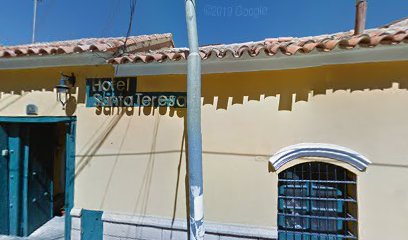
Café Pizzería La Torre
0.8 km
Discover authentic pizza and local cuisine at Café Pizzería La Torre in historic Villa Imperial de Potosí.
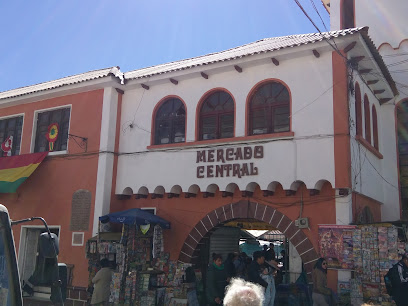
Restaurante 90/60 Good comídas
0.8 km
Experience authentic Bolivian cuisine at Restaurante 90/60 Good - a family-friendly gem in Potosí offering delicious meals for all ages.
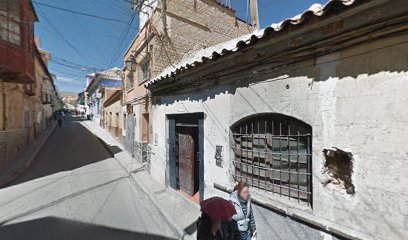
Wood Lounge - Restaurante
0.9 km
Discover Wood Lounge - Restaurante in Potosi: A cozy spot offering delicious local and international cuisine amidst warm hospitality.
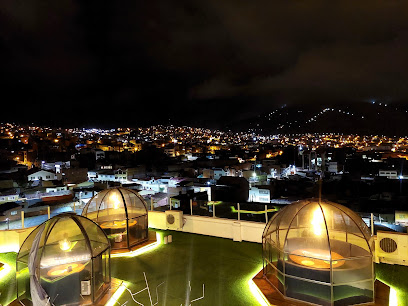
Sabor Cochabambino
0.9 km
Discover authentic Bolivian flavors at Sabor Cochabambino in Potosí—a culinary haven for food enthusiasts seeking local delicacies.
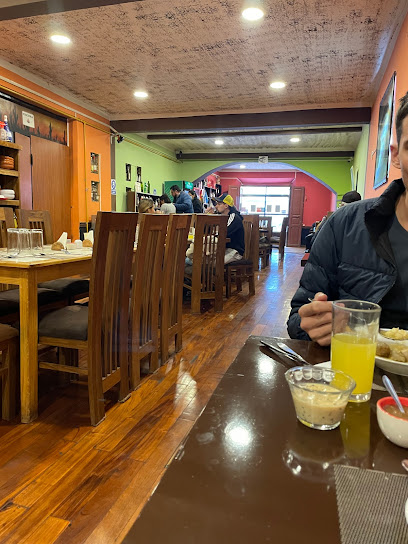
Markets, malls and hidden boutiques
STORE BY COLORS
0.4 km
Explore a vibrant collection of stationery at STORE BY COLORS in Villa Imperial de Potosí, the perfect spot for unique gifts and creative supplies.
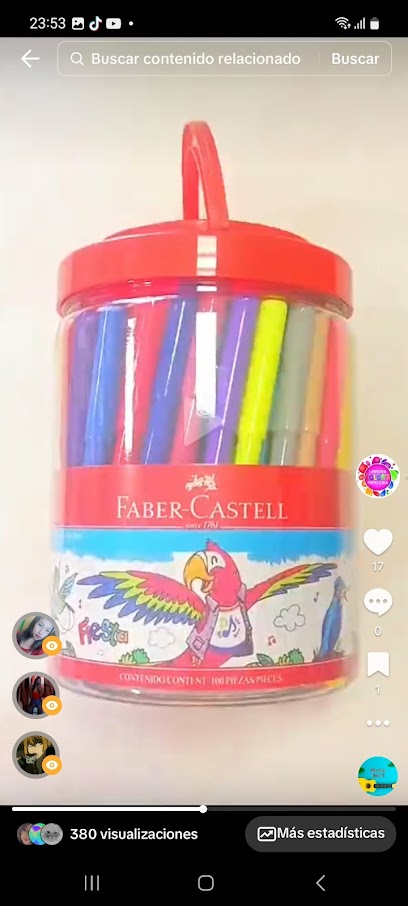
Minina Accesorios
0.4 km
Explore the vibrant world of fashion accessories at Minina Accesorios, the ultimate shopping destination in Villa Imperial de Potosí.

Calzart Bolivia Potosí
0.4 km
Discover stylish footwear for every occasion at Calzart Bolivia Potosí, where quality meets fashion in the heart of the historic city.
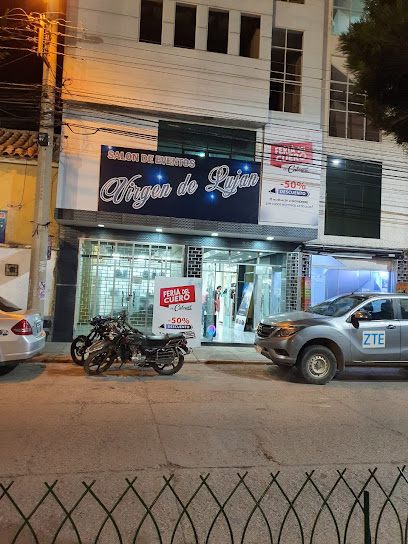
apple shop potosi
0.4 km
Explore cutting-edge technology at the Apple Shop in Potosí, where modern innovation meets historic charm in Bolivia.
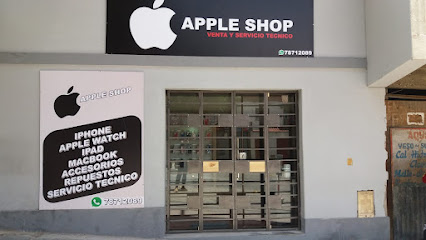
Mercado Gremial Cnl.Julio Perez Chacon
0.5 km
Discover unique fashion and vibrant Bolivian culture at Mercado Gremial Cnl. Julio Perez Chacon in Potosí, a must-visit for every tourist.
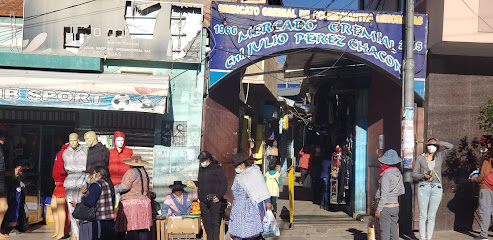
RaySi
0.5 km
Discover the essence of Potosí at RaySi, your ultimate destination for unique Bolivian gifts and artisan crafts, perfect for every traveler.

L & A Importadora - Distribuidora
0.5 km
Experience the heart of Potosí at L & A Importadora - a vibrant store filled with local crafts, everyday essentials, and authentic Bolivian culture.

Chimu Regalos
0.5 km
Discover unique handcrafted gifts and authentic Bolivian souvenirs at Chimu Regalos in the heart of Potosí.
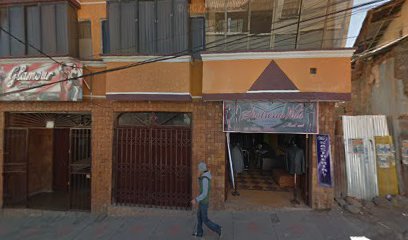
Multitienda Romaneth
0.5 km
Discover unique Bolivian souvenirs at Multitienda Romaneth, a charming gift shop in the heart of Potosí offering handcrafted treasures and local artistry.
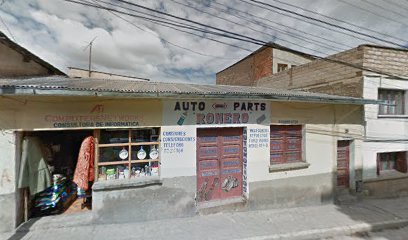
tienda de articulos en general
0.5 km
Explore the heart of Potosí at the general goods store, a local hub for unique crafts and everyday essentials reflecting the rich Bolivian culture.

La Oruga Azul (Vape Zone)(Cigarrillos Electrónicos)
0.6 km
Discover La Oruga Azul in Potosí, the ultimate destination for vape lovers offering quality products and a friendly atmosphere.

12 octubre
0.6 km
Explore the enchanting 12 Octubre Toy Store in Potosí, where imagination meets creativity with a delightful selection of toys for all ages.
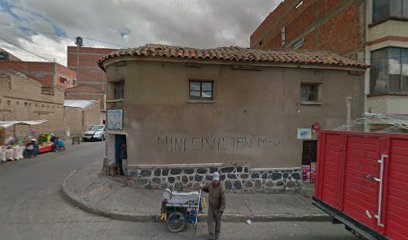
CAPRICHITOS
0.6 km
Explore the vibrant fashion scene at Caprichitos in Potosí, where local craftsmanship meets contemporary style.

Thalia Boutique Potosí
0.6 km
Discover unique Bolivian fashion at Thalia Boutique Potosí, where style meets culture in a charming dress store.
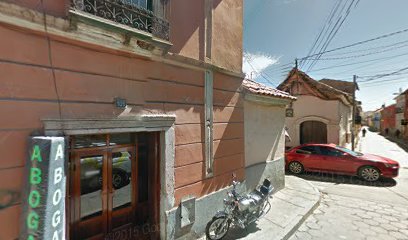
Comercial D' Moda
0.6 km
Explore the vibrant fashion scene at Comercial D' Moda, a must-visit clothing store in Villa Imperial de Potosí, showcasing stylish and unique Bolivian attire.

Essential bars & hidden hideouts
Pob Cafe Rosa Negra
0.2 km
Discover the vibrant nightlife of Potosí at Pob Cafe Rosa Negra, where music and culture converge for an unforgettable experience.
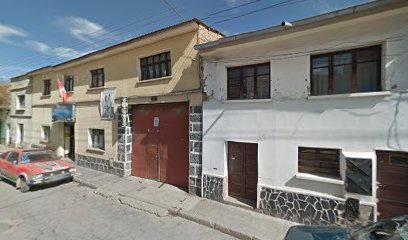
CABA'S PUB
0.3 km
Explore the vibrant flavors of Bolivia at CABA'S PUB in Villa Imperial de Potosí, a delightful gastropub offering a unique dining experience.
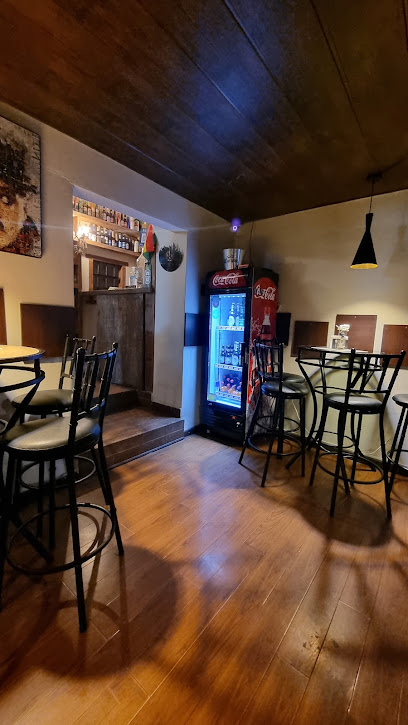
Hell's Café Pub
0.3 km
Experience the vibrant nightlife and local culture at Hell's Café Pub, Potosí's premier destination for drinks and entertainment.
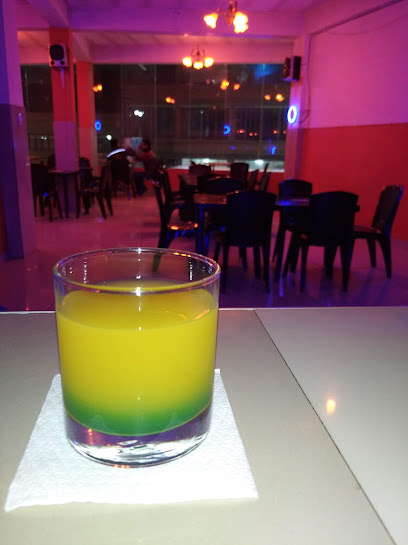
Santiago Centro Cultural PUB
0.3 km
Experience the flavors of Bolivia at Santiago Centro Cultural PUB, a lively gastropub in Potosí offering delicious cuisine and local drinks.
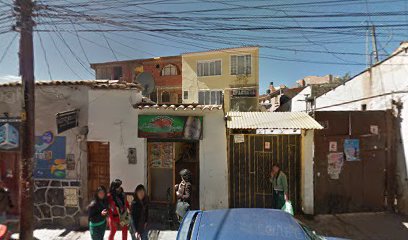
Pud resto bar la Cantarina
0.4 km
Discover the culinary secrets of Potosí at Pud Resto Bar La Cantarina, where traditional flavors meet modern gastronomy in a lively gastropub atmosphere.
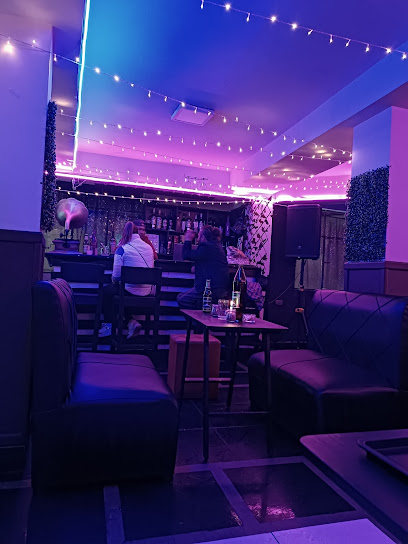
Coffee Snack El Farol
0.6 km
Discover Coffee Snack El Farol, a vibrant pub and cafeteria in Potosí, where local flavors meet a cozy atmosphere perfect for relaxation.
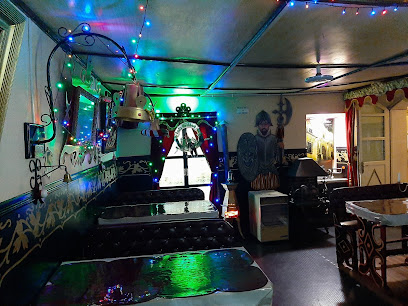
GRISSACEOS
0.6 km
Experience the lively atmosphere of GRISSACEOS, a vibrant pub in Villa Imperial de Potosí, perfect for drinks and socializing.
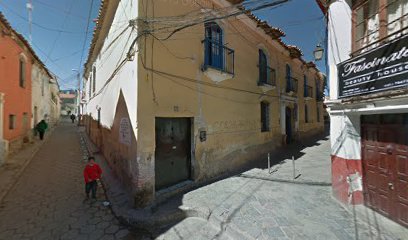
Tapitas Restobar
0.7 km
Discover the flavors of Bolivia at Tapitas Restobar, where traditional cuisine meets modern gastropub flair in Potosí.
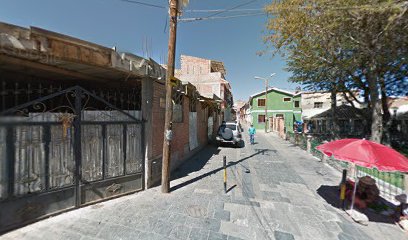
Julio's Café Pub Restaurant
0.7 km
Explore the lively atmosphere and local flavors at Julio's Café Pub Restaurant, the heart of Potosí's vibrant nightlife.

Attos Shisha Pub
0.7 km
Discover the charm of Sucre at Attos Shisha Pub, where traditional flavors meet modern shisha culture in a vibrant setting.
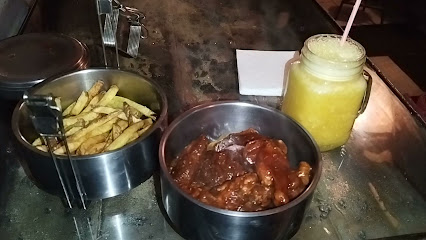
EL SOTANO CAFE PUB
0.7 km
Discover the cozy charm of El Sotano Cafe Pub in Potosí, where American comfort food meets a friendly atmosphere.
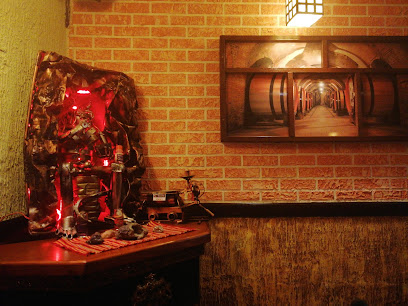
PUB LA VILLA
0.7 km
Discover the vibrant nightlife of Potosí at Pub La Villa, where local culture meets a lively atmosphere and a wide selection of drinks.

Hostal Santa Monica
0.8 km
Discover the charm of Sucre at Hostal Santa Monica, where comfort meets culture in the heart of Bolivia.
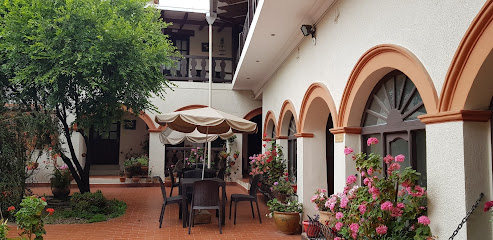
Router 66 Resto Bar and Lounge
0.8 km
Discover the flavors of Bolivia and beyond at Router 66 Resto Bar and Lounge, Villa Imperial de Potosí's premier gastropub experience.
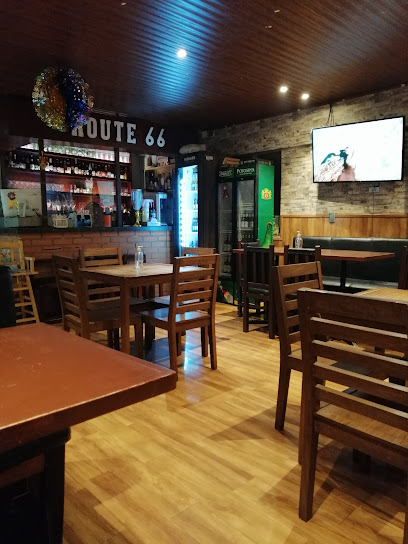
Babel restobar
0.8 km
Discover the delightful flavors of Bolivia at Babel Restobar, a unique gastropub in the heart of Potosí, where culinary innovation meets local tradition.
